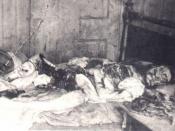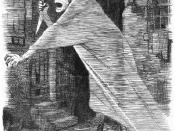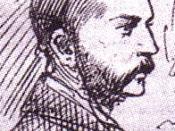This essay will look at how the press coverage of the 'Jack the Ripper' murders strengthened the idea of the East End as a dangerous place and therefore raised the sense of a division existing between those in the East End of London and those who lived in the West End. It will be examined how the rise of the press in the nineteenth-century enabled those who were at the helm of society to be able to impact on the thoughts of the nation as a whole. It will also look at how women were treated in this time period and will examine why women were effectively 'forced' into prostitution in the East End due to the prevailing social conditions endemic in this area. It will be shown that although there was a rise in the late nineteenth-century of social explorers and of social missionaries, little was done to make safer an area of the metropolis highlighted by these 'explorers' as dangerous and in need of reconstruction.
Changes in physical infrastructure such as lighting, housing and sewerage systems were as important to effecting change in these area as were the moral crusades of people such as William Booth, Salvation army founder and evangelist, who advocated that change could be brought about 'only by Christian compassion, abolition of the poor law system, the establishment of self help communities...a return to village life...and assisted emigration overseas.' It can be shown that the rapid growth of the newspaper industry in the late 19th century affected the way in which specific social groups were perceived by people of the time. The publication of certain letters by the press, purporting to be from Jack the Ripper, enhanced the notion that women who did not adhere to strict moral codes were at risk of being a...


